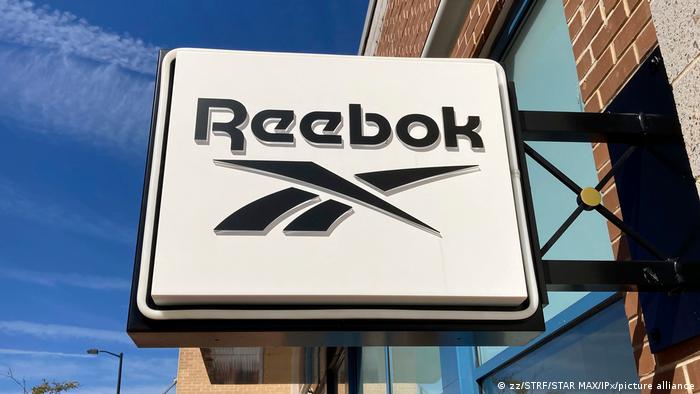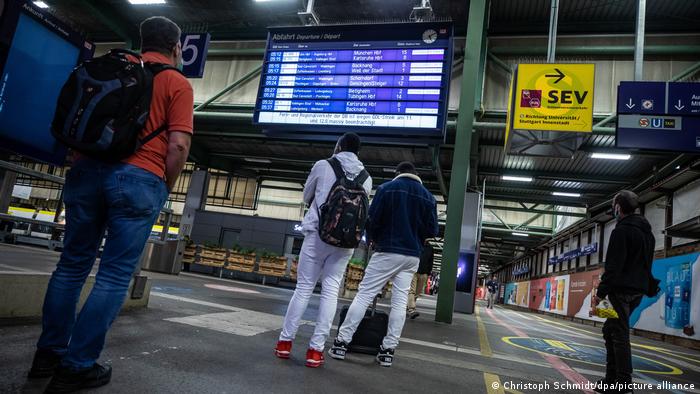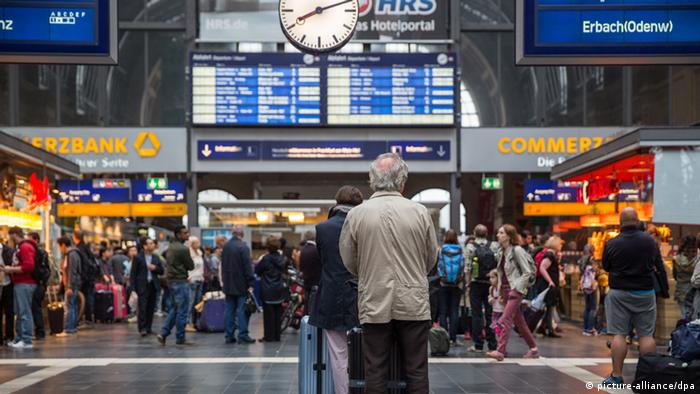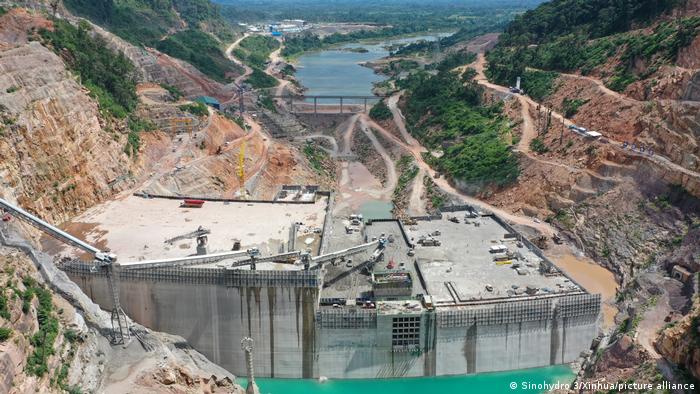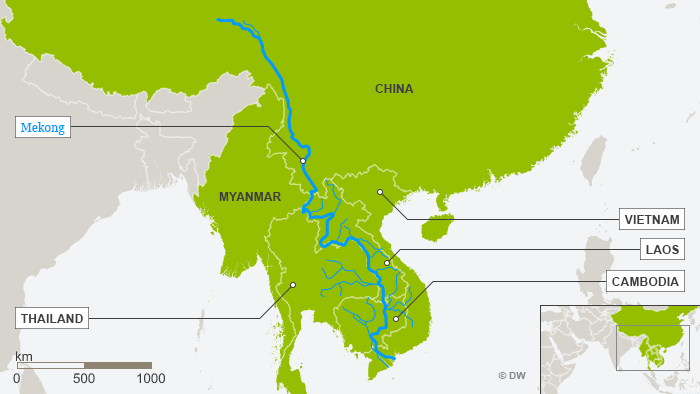Our multi-year study on automated transit fare collection offers a key finding that won't surprise you: Despite the convenience, the rush toward cashless fare systems has created barriers for lower-income riders seeking to use transit. Results from focus groups, surveys, and a review of current transit agency practices suggest that continuing to accept cash is a crucial way to keep transit accessible. However, dealing with cash has drawbacks: it’s time intensive and expensive. Using a detailed cost-benefit model, the researchers explored the costs for agencies to maintain some cash options and found that some simple approaches can be quite effective. The best bang for the buck? Cash collection on board buses.
Launched in 2019, the research project "Applying an Equity Lens to Automated Payment Solutions for Public Transportation" was supported by a Pooled Fund grant program from the National Institute for Transportation and Communities (NITC) and conducted at three universities: Portland State University (PSU), the University of Oregon (UO), and the University of Tennessee, Knoxville (UTK). The other funding partners were City of Eugene, OR, City of Gresham, OR, Lane Transit District, Clevor Consulting Group, and RTD (Regional Transportation District) Denver.
Aaron Golub of PSU served as the principal investigator, with co-investigators Anne Brown of UO, Candace Brakewood of UTK and John MacArthur of PSU.
WHY STUDY CASHLESS TRANSIT FARE?
Automated payment technologies can smooth operations and improve data collection, but the added convenience for the agency and some riders comes at a price: those systems require riders to have access to private internet, smartphones, and banking/credit services. Access that is decidedly not universal. What happens to the riders who are left behind?
Fare payment systems have a long history in significant equity challenges - both in fare amounts, but also in how and where fare can be purchased and stored. The final report “Applying an Equity Lens to Automated Payment Solutions for Public Transportation” (PDF) is a detailed exploration of how transit riders pay for their fare, based on 2,303 intercept surveys and three focus groups with transit riders in Colorado and Oregon. Researchers looked at the use of cash, and focused on riders who may be excluded if cash options are removed as new fare payment systems are implemented in the coming years. The research team also interviewed employees at ten transit agencies to find out how their fare payment has been modernized in the past 5 years, how those agencies have evaluated the equity implications of these changes, and what programs they have deployed to mitigate the equity impacts.
Andrew Martin, Development Planner at Lane Transit District, served on the project's technical advisory committee. "Around the same time as this study, we were in the middle of purchasing and implementing our first electronic fare collection system. We had already decided to take a more customer-centric approach: instead of going completely cash-free, we determined that we were going to take on the costs of making sure our service remained accessible to all riders. It was good to see, in the research, a lot of the things that we were intuitively feeling turned out to be true. The cost-benefit analysis shows that the cost isn't as great as you think; by doing the equity mitigations, you might end up with higher ridership and offset the revenue loss," Martin said.
SOME KEY FINDINGS
Researchers found that a significant number (around 30%) of transit riders still rely heavily on paying cash on-board buses. Older and lower-income respondents had less access to smartphones and internet.
Of those who do own smartphones, many are concerned about reaching data limits, and some depend solely on public Wi-Fi for internet connectivity.
A small but significant number of riders (around 7%) have no access to formal banking services.
The researchers worked with transit organizations in three case cities: Eugene, OR (population 247,421); Denver, CO (population 2,374,203); and Portland, OR (population 1,849,898). The cost-benefit model can be used by any size agency to implement new fare payment technology.
"One thing that would be really helpful to a lot of agencies is the cost modeling [the researchers] did. It estimates the general cost to put new technologies out there, like ticket vending machines. A lot of smaller agencies may not have things like that, and they're really useful for customers. So even aside from the equity focus, there is a lot of good info on costs of implementing a system," said Martin.
COST BENEFIT MODEL
Researchers constructed a quantitative cost-benefit model that combines first-year capital investments along with 10 years of maintenance, operations and capital replacement into a single total cost estimate. This approach creates an overall reflection of the lifecycle costs of the fare payment system, meaning it enables us to understand the total cost from both the initial costs, as well as the recurring annual costs.
They then used the model to explore and compare four scenarios along with an additional base (no-cash) case. Scenarios are based on the feedback received from transit agencies and a review of best practices nationally:
- Base - (No cash accepted anywhere)
- Scenario 1 - No cash anywhere, adds retail network
- Scenario 2 - Cash on board, not at TVMs, no retail
- Scenario 3 - Cash only at TVMs, no retail
- Scenario 4 - Cash accepted everywhere
"The heart of this cost-benefit model is, how many riders cannot ride under the different scenarios? We were able to study more than 2,000 riders, and, in the fully no-cash base case, we knew that about 8% of riders could not ride, based on our surveys. Their answers to how they would ride with different configurations of ticket vending machines and cash on board informed this model," Golub said.
SELECTING MITIGATION STRATEGIES
Any of the above scenarios 1-4, above the no-cash baseline, can mitigate some of the equity implications of going cashless. Which scenario is best for a particular setting depends greatly on how many riders are potentially excluded by a cashless fare system, and on which options those riders would most likely use, given the opportunity to pay with cash. Based on the results of the cost-benefit analysis for each of the three case cities, researchers developed some general principles that agencies should keep in mind, when choosing strategies to help keep transit accessible.
"When you're looking at 10 different systems and you've got to justify to the board, the general manager, the community, why you're spending money a certain way – it's really helpful to have research like this that shows that the costs are not some huge amount. When equity is cheap to obtain, it's really easy to justify doing that," Martin said.
Larger agencies spend less to collect fare. This impacts the cost-benefit calculation of adding additional capabilities. Small agencies, the researchers suggest, should seriously consider going fare-free. The Eugene case study (the smallest agency) shows that, across the board, fare collection consumes a large part of fare revenues - in the full cash scenario, about 40% of revenue is spent on collecting fare.
Retail is a low-cost option: Accepting cash payments at retail locations is by far the lowest cost option to add cash capabilities in terms of total cost, net costs, and in terms of cost to accommodate potentially excluded riders. It is also the most commonly used mitigation, according to interviews with agencies. However, the retail network still poses significant geographical barriers for many riders, and does not offer the kind of coverage and access that cash collection on-board would offer.
Simple cash collection on buses could be an important bridge: According to the ridership survey data, in addition to being a low-cost option for agencies, this mitigation also added significant ridership. Accepting cash at ticket vending machines was found to be much more expensive than accepting cash on board.
When larger numbers of riders are excluded, equity mitigations are cheaper. The larger number of riders that are excluded, the bigger impact equity mitigations have and the cheaper they are per additional rider, and per additional fare collected. The Portland-Gresham case study showed relatively few riders were excluded when cash was eliminated compared to the other properties. That meant that adding retail cash collection cost $0.27 per new boarding. In Denver and Eugene, larger populations of riders were potentially excluded by cashless fare, and adding retail capabilities only cost 14 and 1.9 cents per boarding, respectively.
"Within the 10-year transition, some of the worst effects could be avoided by using some of these mitigations,” Golub told NextCity in a May 25, 2021 article: What Happens When Cash Fares Are Eliminated?
This research was funded by the National Institute for Transportation and Communities; the City of Eugene, OR, City of Gresham, OR, Lane Transit District, Clevor Consulting Group, and RTD (Regional Transportation District) Denver.
ABOUT THE PROJECT
Applying an Equity Lens to Automated Payment Solutions for Public Transportation
Aaron Golub and John MacArthur, Portland State University; Anne Brown, University of Oregon; Candace Brakewood, University of Tennessee, Knoxville
RELATED RESEARCH
To learn more about this and other NITC research, sign up for our monthly research newsletter.
The National Institute for Transportation and Communities (NITC) is one of seven U.S. Department of Transportation national university transportation centers. NITC is a program of the Transportation Research and Education Center (TREC) at Portland State University. This PSU-led research partnership also includes the Oregon Institute of Technology, University of Arizona, University of Oregon, University of Texas at Arlington and University of Utah. We pursue our theme — improving mobility of people and goods to build strong communities — through research, education and technology transfer.

